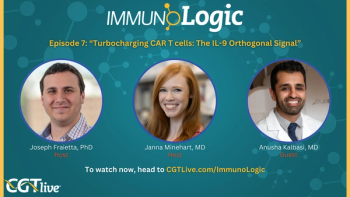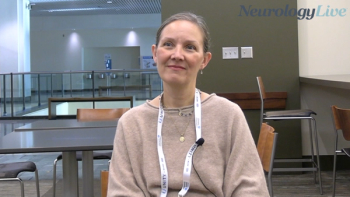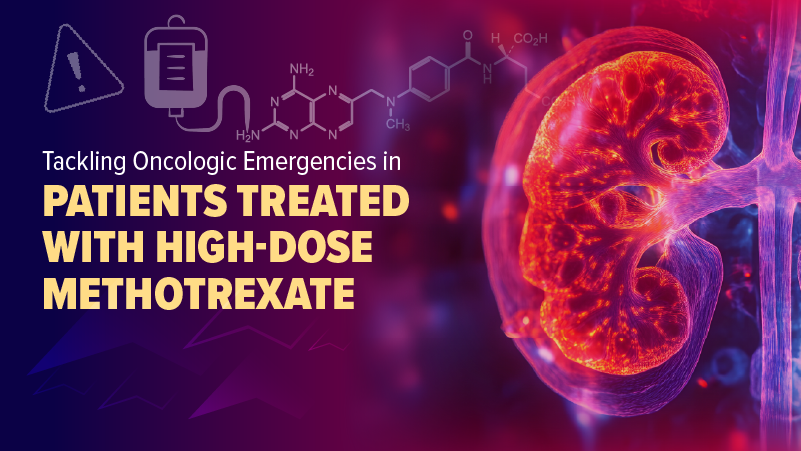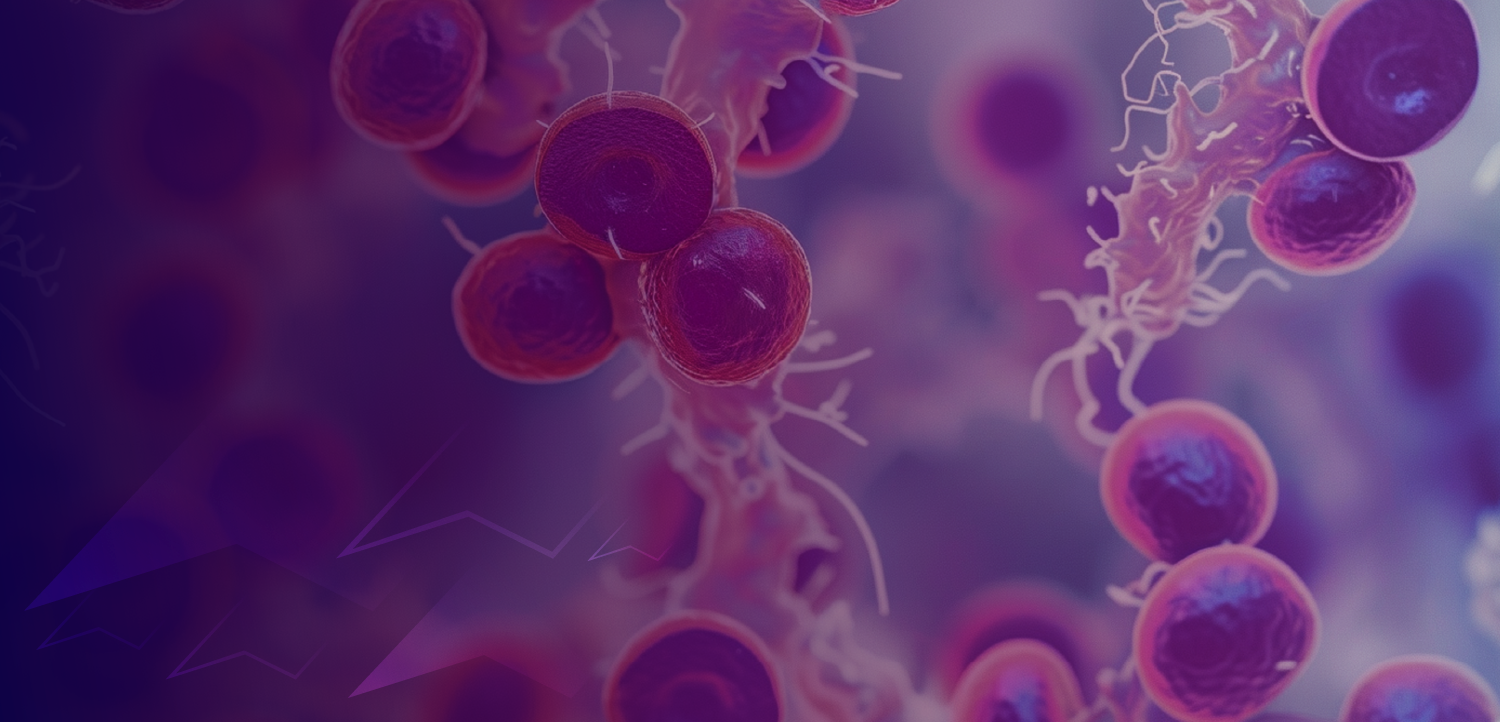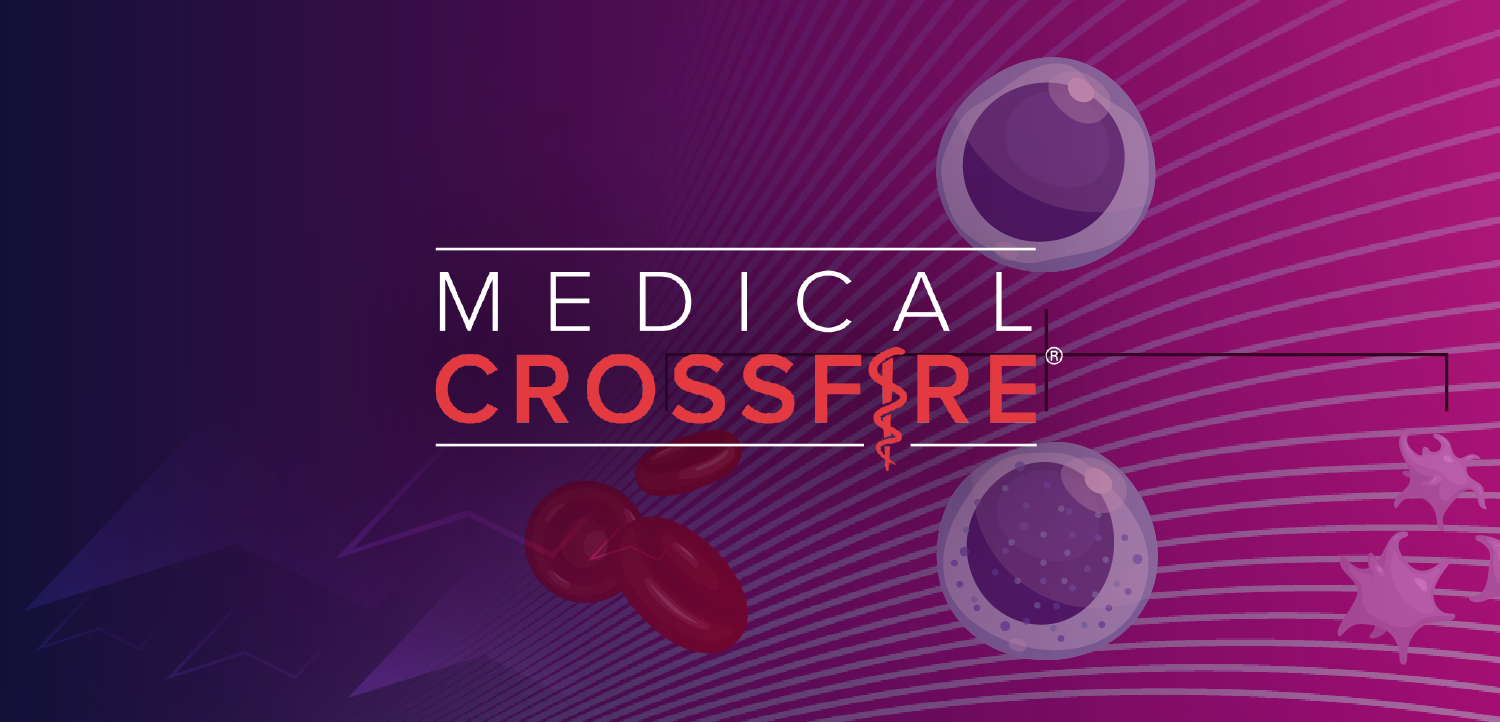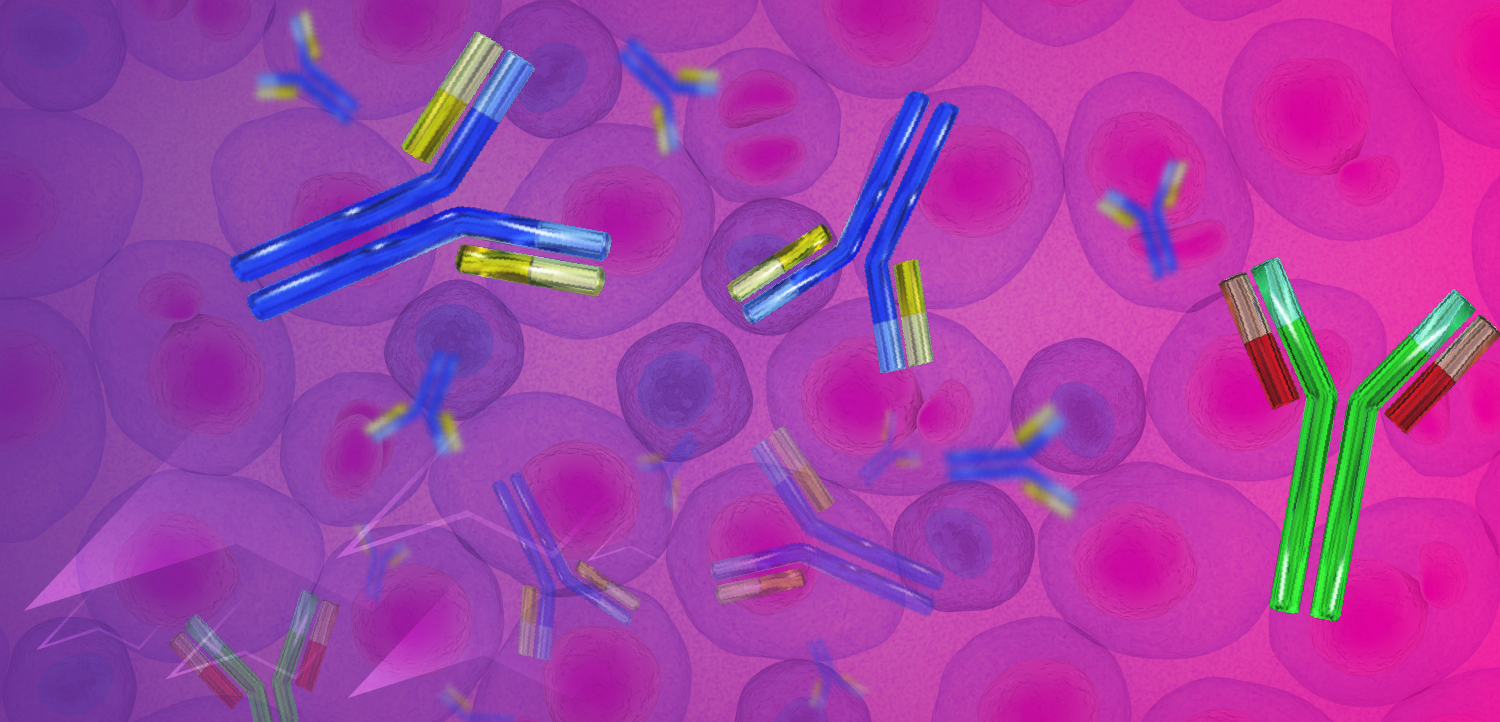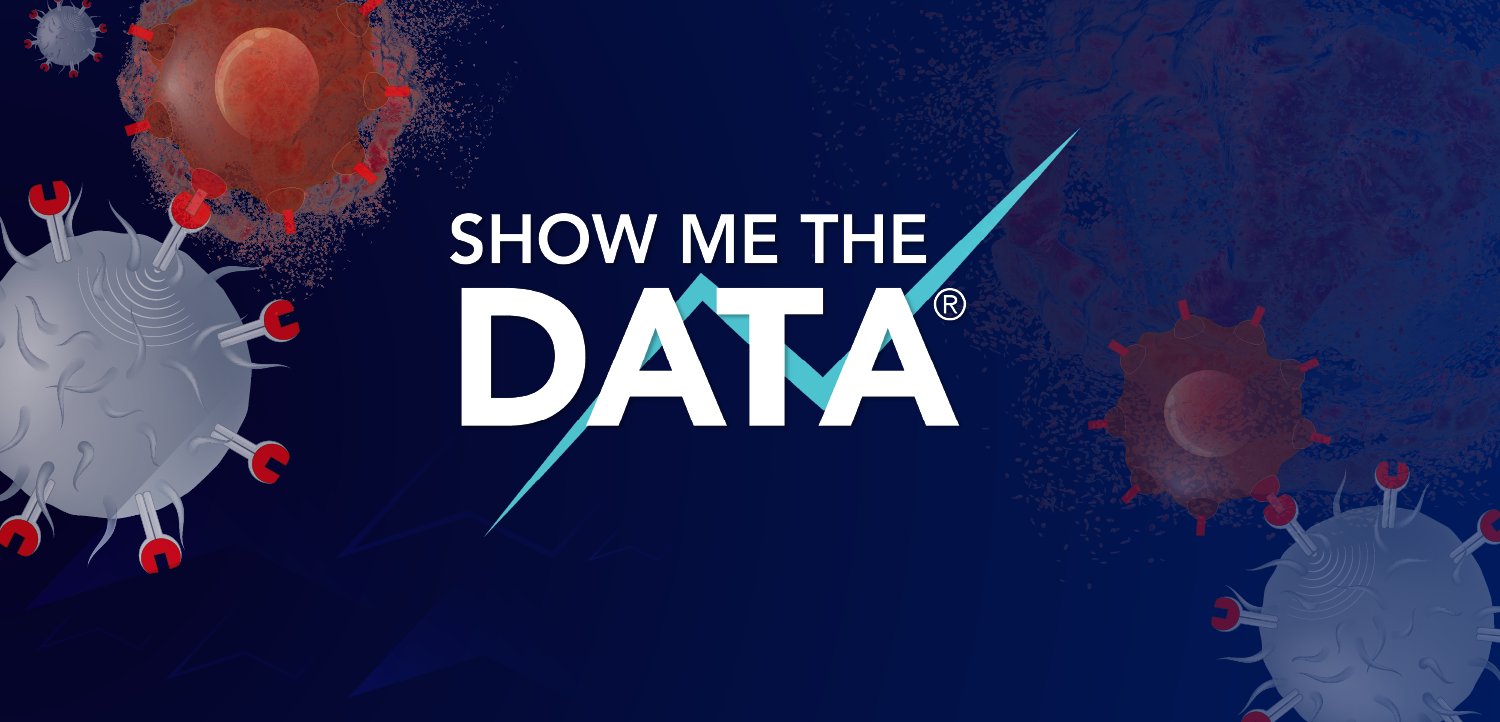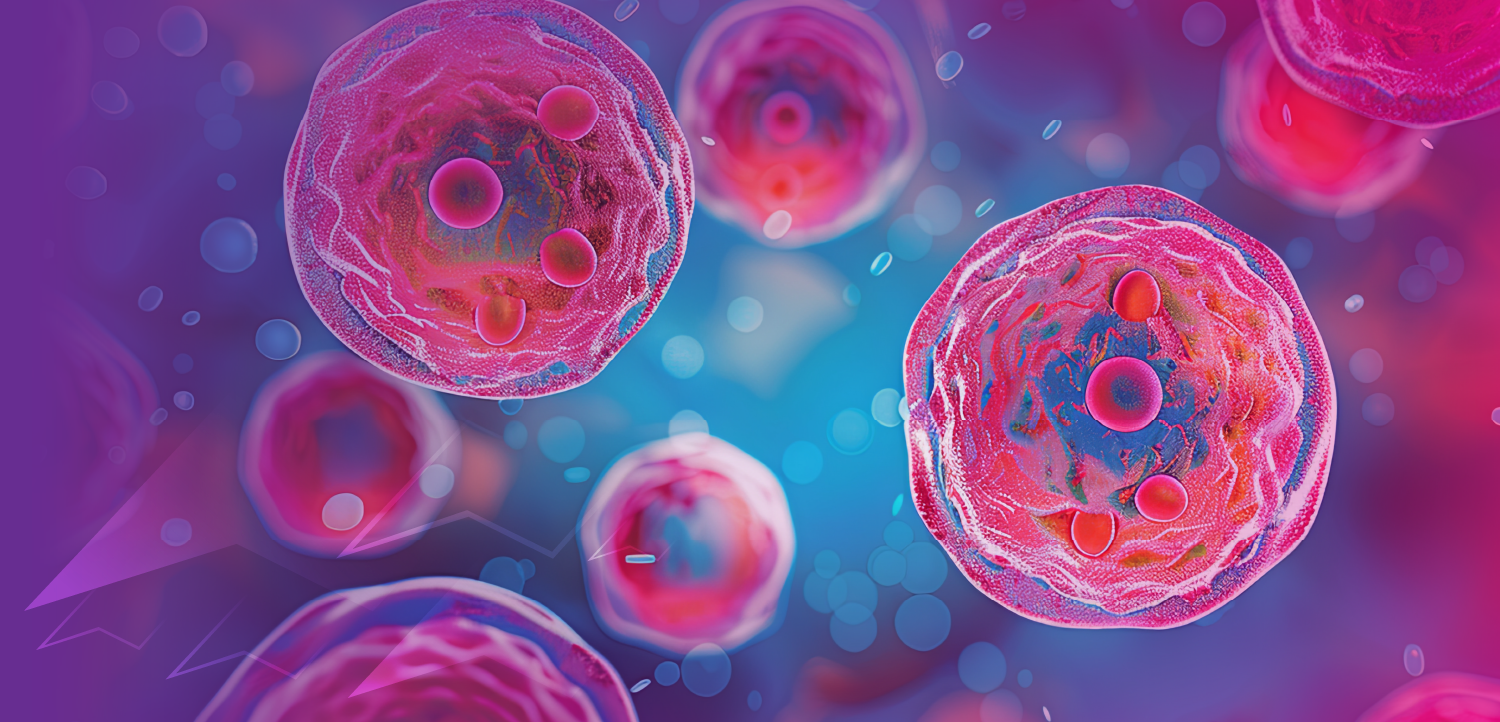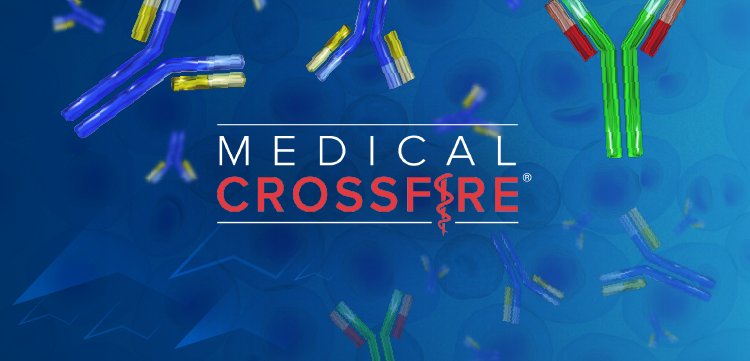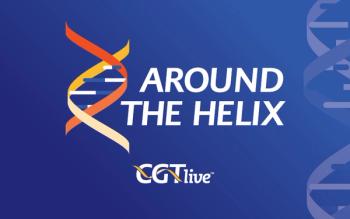
Cardiac Function Preserved in Long-Term Follow-Up of Patients Treated With Duchenne Muscular Dystrophy Gene Therapy SGT-001
The data comes from 7 patients treated in the phase 1/2 IGNITE-DMD study (NCT03368742).
Patients treated with SGT-001, Solid Biosciences’ investigational microdystrophin gene therapy for Duchenne muscular dystrophy (DMD), in the phase 1/2 IGNITE-DMD study (NCT03368742) showed preservation of cardiac function as they aged. The long-term follow-up data was presented in a poster at the
Seven patients treated with SGT-001 in IGNITE-DMD met criteria for the analysis, having undergone 2 or more cardiac MRIs (cMRIs) as per study protocol. Six of these patients (Patients 1-6) had cMRI data from several time points with the earliest taken at baseline and the latest at year 4 (Y4) or Y5 posttreatment. On the other hand, 1 patient’s (Patient 7) most recent cMRI was at 730 days posttreatment (D730), with previous cMRIs only at D360 and baseline. First author Stephanie Salabarria, BHSc, a clinical research coordinator III at the University of Florida, and colleagues noted that for Patients 2-7 left ventricular end diastolic volume (LVEDV) remained normal throughout the study, ranging from 56 to 108 mL/m2 (median, 67.2 mL/m2). Similarly, in Patients 2-7 ejection fraction (EF) also stayed in the normal range, ranging from 51% to 72% (median, 61.8%). Patient 1, who had a 94.7 mL/m2 LVEDV at baseline, had a 118.76 mL/m2 LVEDV at Y5. This patient showed a decrease in left ventricular EF (LVEF) from a baseline of 53.8% to 39% at Y5.
All 7 patients included in the analysis were white, nonHispanic boys. The ages of the patients at the time of treatment ranged from 5 years to 14 years (median, 7). Patients 1-3 received the study’s low dose (5x1013 vg/kg) and Patients 4-7 received the study’s high dose (2x1014 vg/kg). Patient 1 was not ambulatory at the time of dosing, but all other patients were. During the study, all patients received steroids daily and all except Patient 6 were receiving an angiotensin-converting enzyme inhibitor. At the time of dosing with SGT-001, Patient 1 weighed 43.3 kg with a BMI of 20.9, Patient 2 weighed 21.5 kg with a BMI of 17.9, Patient 3 weighed 21.9 kg with a BMI of 17.8, Patient 4 weighed 19.7 kg with a BMI of 19.3, Patient 5 weighed 34.9 kg with a BMI of 26.0, Patient 6 weighed 24.0 kg with a BMI of 17.6, and Patient 7 weighed 15.0 kg with a BMI of 17.9. DMD mutation types varied among the patients, but deletions were the most common type.
“This is the first study that describes longitudinal cMRI findings in DMD subjects that have received micro-dystrophin gene therapy,” Salabarria and colleagues concluded. “We observed that cardiac function was preserved as the individuals age with expected worsening of DMD-related cardiomyopathy. Further studies are needed to better understand the effects of the DMD gene therapy in the heart and carefully quantify the extent of cardiac gene transfer.”
Notably, in October of last year, Solid Biosciences announced that it was deprioritizing the development of SGT-001.2 Shortly after, in November 2023, the company received clearance of an investigational new drug application from the FDA
REFERENCES
1. Salabarria S, Shih R, Leon C, et al. Evaluation of long-term cardiac MRI outcome following micro-dystrophin gene therapy in subjects with Duchenne muscular dystrophy receiving SGT-001. Presented at: 2024 MDA Clinical and Scientific Conference; March 3-6; Orlando, FL. Poster #M184
2. Solid Biosciences announces acquisition of AavantiBio and concurrent $75 million private placement. News release. Solid Biosciences. September 30, 2022. Accessed March 5, 2024. https://www.solidbio.com/about/media/press-releases/solid-biosciences-announces-acquisition-of-aavantibio-and-concurrent-75-million-private-placement
3. Solid Biosciences announces IND clearance by FDA for Duchenne muscular dystrophy gene therapy candidate SGT-003. News release. Solid Biosciences. November 14, 2023. Accessed March 5, 2024. https://www.solidbio.com/about/media/press-releases/solid-biosciences-announces-ind-clearance-by-fda-for-duchenne-muscular-dystrophy-gene-therapy-candidate-sgt-003
Newsletter
Stay at the forefront of cutting-edge science with CGT—your direct line to expert insights, breakthrough data, and real-time coverage of the latest advancements in cell and gene therapy.



